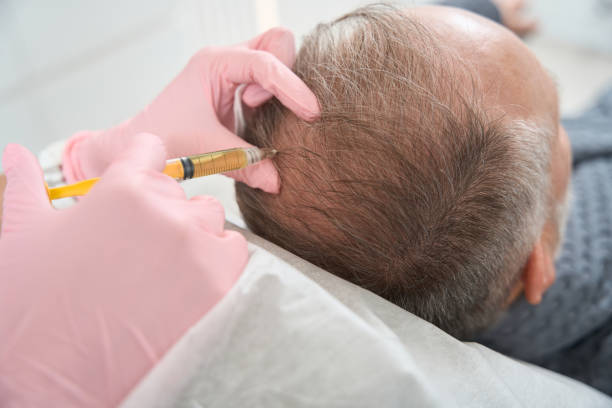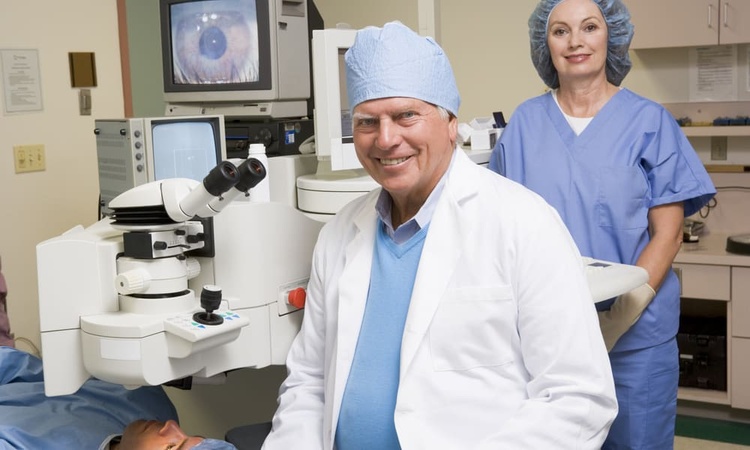Understanding Prostate Cancer Symptoms and Treatments
Prostate cancer is one of the most researched areas in men’s health, with ongoing studies helping to clarify its early signs and common treatment pathways. Symptoms may vary widely and can resemble other non-cancerous conditions, making general awareness an important part of understanding overall prostate health. Treatment approaches often include a combination of medical evaluation, monitoring strategies, and therapeutic options tailored to individual circumstances. This guide outlines general symptom patterns, diagnostic considerations, and widely referenced treatment methods.

Prostate cancer develops in the prostate gland, a small walnut-shaped organ located below the bladder in men. This gland plays a crucial role in the male reproductive system by producing seminal fluid. When cells in the prostate begin to grow abnormally and uncontrollably, cancer can develop. The disease typically progresses slowly, though some forms can be more aggressive. Understanding the nature of this condition helps patients and their families make informed decisions about screening, diagnosis, and treatment.
This article is for informational purposes only and should not be considered medical advice. Please consult a qualified healthcare professional for personalized guidance and treatment.
Overview of Prostate Cancer
Prostate cancer occurs when genetic mutations cause prostate cells to multiply abnormally, forming a tumor. Risk factors include age, with most cases occurring in men over 50, family history of the disease, and certain genetic factors. Ethnicity also plays a role, as some populations show higher incidence rates than others. The disease can remain confined to the prostate gland or spread to nearby tissues and bones. Not all prostate cancers require immediate treatment, as some grow so slowly they may never cause significant health problems. Doctors use staging systems to classify the extent of cancer spread, which helps determine the most appropriate treatment approach. Regular screening discussions with healthcare providers can help identify the disease in its earliest, most treatable stages.
Early and Commonly Reported Symptoms
In its early stages, prostate cancer often produces no noticeable symptoms, which is why routine screening is important for at-risk populations. As the disease progresses, men may experience urinary changes such as difficulty starting urination, weak or interrupted urine flow, or increased frequency of urination, especially at night. Some individuals report a burning sensation during urination or notice blood in their urine or semen. Pain or discomfort in the pelvic area, lower back, hips, or thighs can occur if the cancer has spread to nearby structures or bones. Erectile dysfunction may also develop in some cases. However, these symptoms can also indicate non-cancerous conditions like benign prostatic hyperplasia or prostatitis, making professional medical evaluation essential for accurate diagnosis. Men experiencing any of these symptoms should consult a healthcare provider promptly for proper assessment.
Diagnostic Pathways and Evaluation Methods
Diagnosing prostate cancer involves multiple steps and tests to confirm the presence of cancer and determine its characteristics. The process typically begins with a digital rectal exam, where a physician manually examines the prostate for abnormalities. Blood tests measuring prostate-specific antigen levels provide additional screening information, though elevated PSA levels can result from various conditions beyond cancer. If initial screenings suggest potential cancer, doctors may order imaging studies such as MRI, CT scans, or bone scans to visualize the prostate and detect possible spread. A definitive diagnosis requires a biopsy, where small tissue samples are removed from the prostate and examined under a microscope by a pathologist. The biopsy results reveal whether cancer is present and provide a Gleason score, which indicates how aggressive the cancer cells appear. This comprehensive evaluation process allows medical teams to develop personalized treatment strategies based on each patient’s specific situation, overall health, and cancer characteristics.
Treatment Categories Frequently Discussed
Prostate cancer treatment varies widely depending on the stage of disease, aggressiveness of the cancer, patient age, overall health, and personal preferences. Active surveillance involves regular monitoring without immediate treatment, suitable for slow-growing cancers that pose minimal immediate risk. Surgery, specifically radical prostatectomy, removes the entire prostate gland and some surrounding tissue. Radiation therapy uses high-energy beams to destroy cancer cells, delivered either externally or through radioactive seed implants placed directly in the prostate. Hormone therapy reduces testosterone levels, which can slow cancer growth since prostate cancer cells often depend on male hormones. Chemotherapy may be recommended for advanced cases that have spread beyond the prostate. Newer approaches include immunotherapy, which helps the immune system recognize and attack cancer cells, and targeted therapy drugs that focus on specific genetic changes in cancer cells. Cryotherapy and high-intensity focused ultrasound represent additional options in certain situations. Treatment decisions should involve thorough discussions between patients and their healthcare teams, considering potential benefits, side effects, and quality of life impacts.
| Treatment Approach | Description | Typical Application |
|---|---|---|
| Active Surveillance | Regular monitoring without immediate intervention | Low-risk, slow-growing cancers |
| Radical Prostatectomy | Surgical removal of prostate gland | Localized cancer in healthier patients |
| External Beam Radiation | Targeted radiation from outside the body | Localized or locally advanced cancer |
| Brachytherapy | Radioactive seed implants in prostate | Early-stage localized cancer |
| Hormone Therapy | Medication to reduce testosterone | Advanced or recurrent cancer |
| Chemotherapy | Systemic drug treatment | Metastatic or hormone-resistant cancer |
Living with prostate cancer involves not only medical treatment but also attention to emotional and psychological well-being. Support groups, counseling services, and patient education programs provide valuable resources for men and their families navigating this diagnosis. Lifestyle modifications, including a balanced diet, regular physical activity, and stress management, can support overall health during and after treatment. Follow-up care remains essential even after successful treatment, as regular monitoring helps detect any recurrence early. Advances in research continue to improve treatment options and outcomes, offering hope for better management strategies in the future. Open communication with healthcare providers, asking questions, and seeking second opinions when appropriate empower patients to take an active role in their care journey.
Prostate cancer represents a significant health concern for men worldwide, but early detection and modern treatment approaches have dramatically improved survival rates and quality of life for those diagnosed. Understanding the symptoms, diagnostic processes, and treatment options enables informed decision-making and proactive health management. While each case is unique, collaboration between patients and healthcare teams remains the cornerstone of effective care. Continued awareness, regular screening for appropriate age groups, and ongoing research efforts promise even better outcomes for future generations facing this diagnosis.



